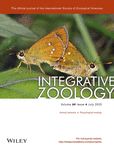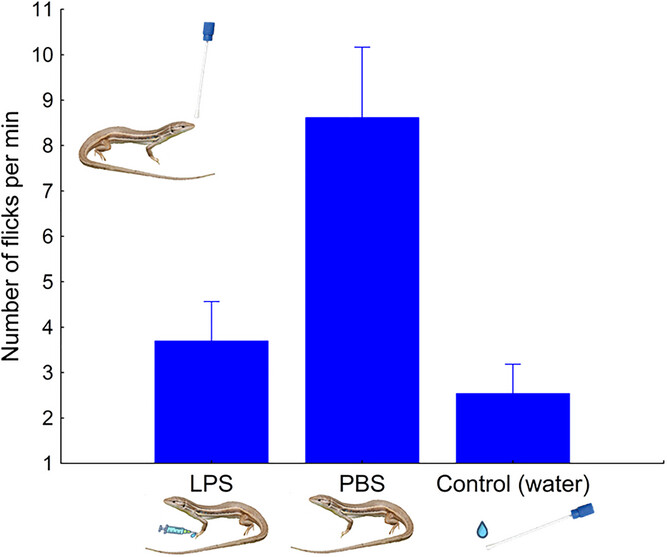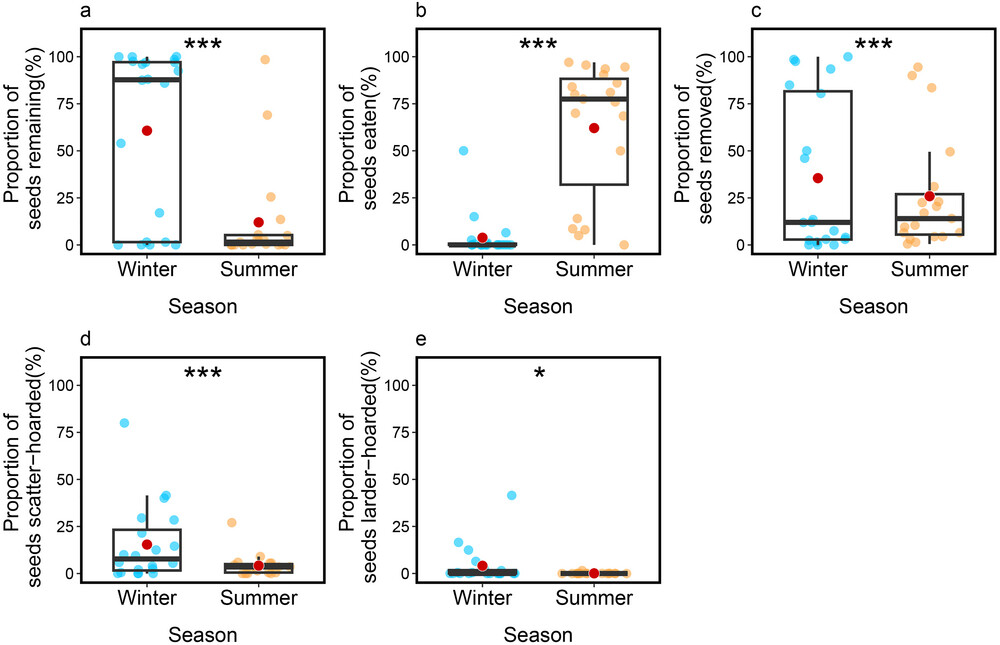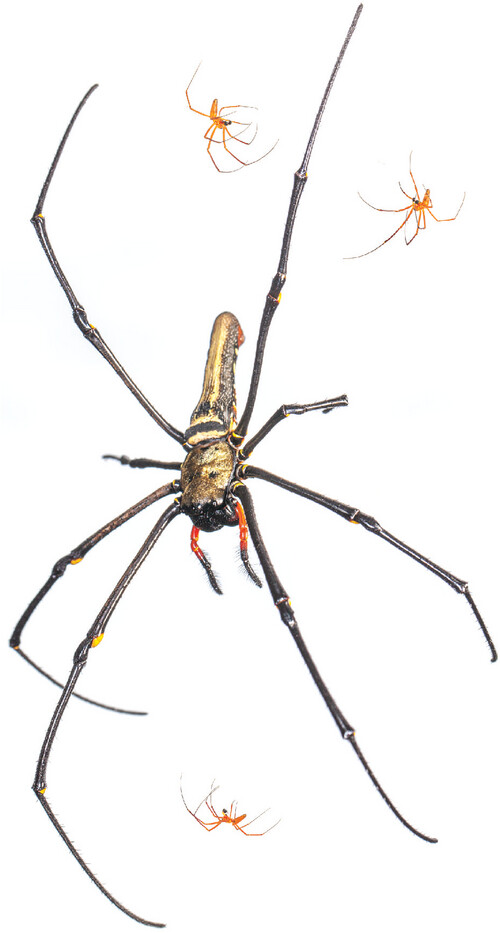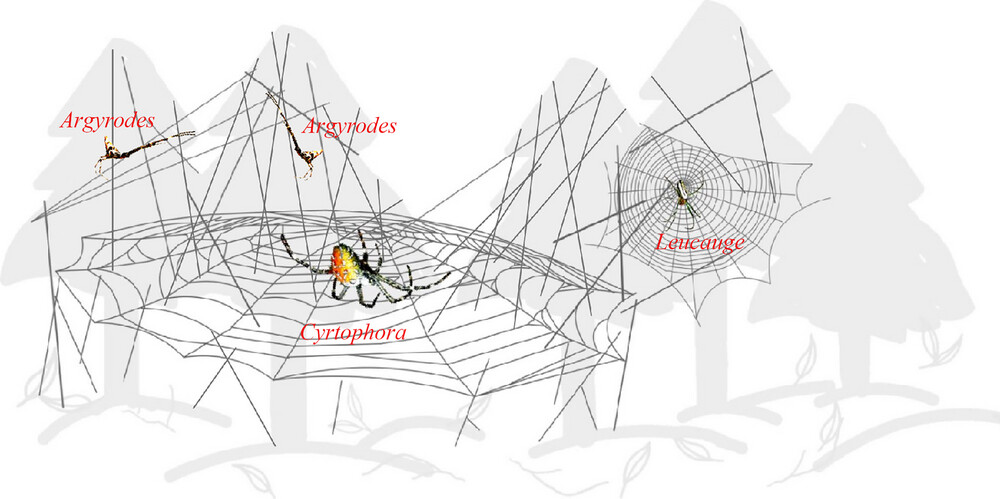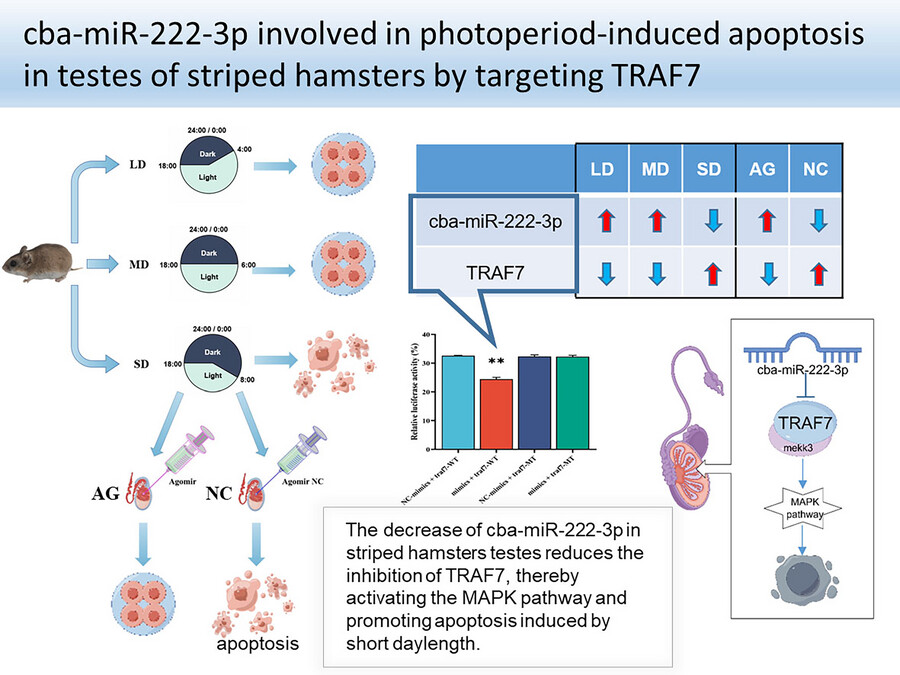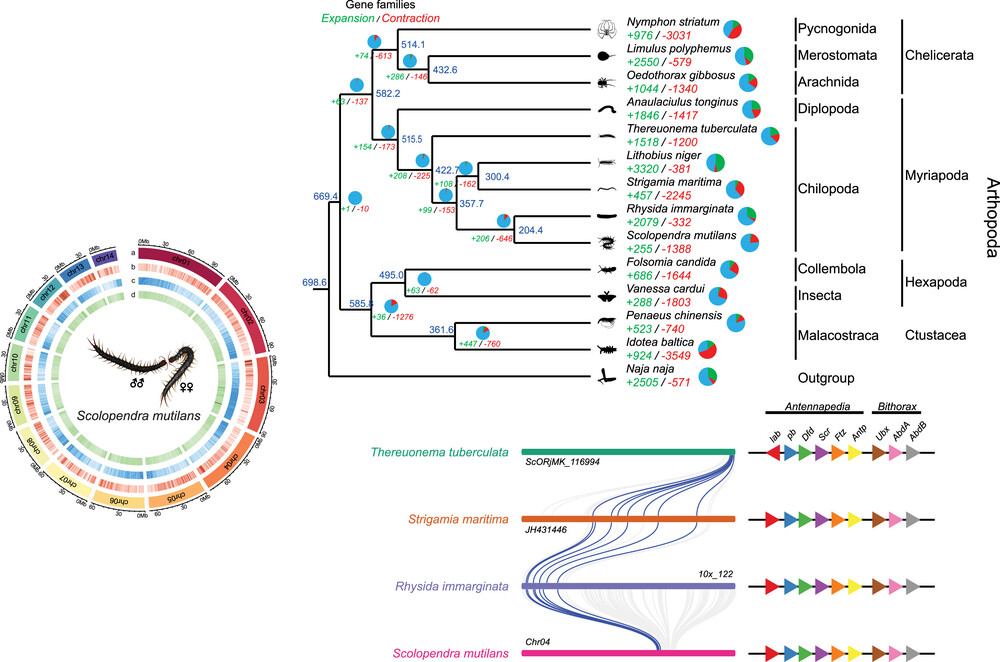Journal list menu
Export Citations
Download PDFs
Issue Information
SPECIAL SUBSECTION: ANIMAL BEHAVIOR
The Acoustic Ecology of Coastal Dolphins by Assessing the Structural Variability of Sounds and the Influence of Contextual Factors
- Pages: 686-699
- First Published: 13 December 2024
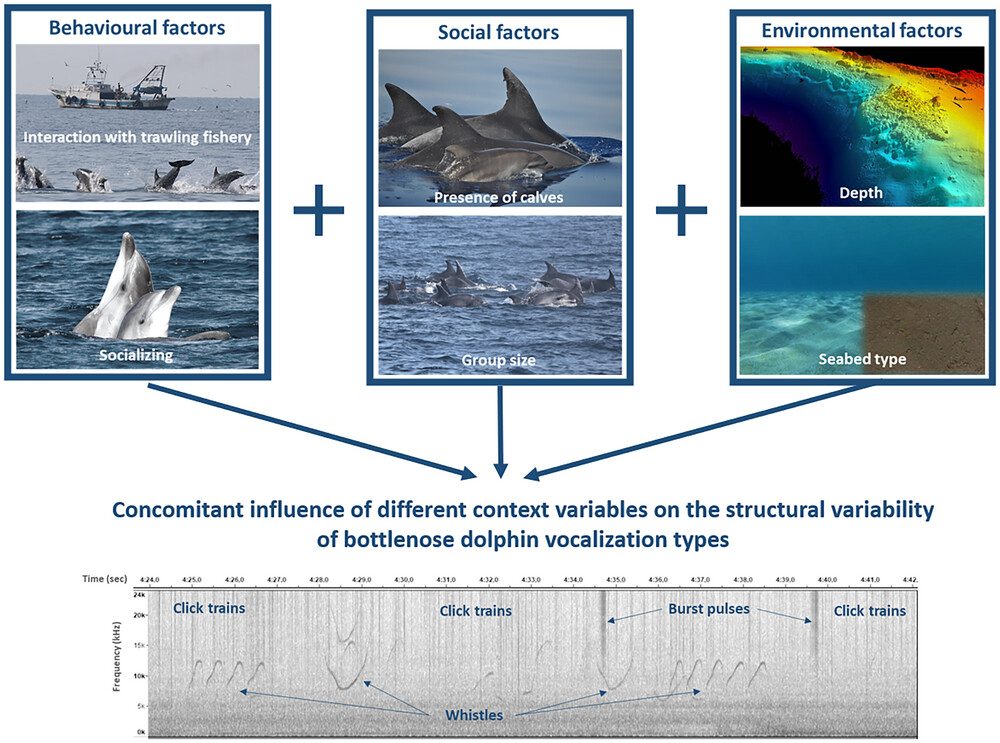
This study reports how the dynamic and variable sound production in a highly soniferous marine species, the common bottlenose dolphin, is mediated by several, often concurrent, influencing conditions that can affect the structure of different vocal elements. These results provide novel insights into the knowledge of species that can handle their acoustic repertoire to balance the effects that concomitant features may have on the functional role of their vocalizations.
Revealing the key signals in nestling begging behavior perceived by parent birds during parent–offspring conflict
- Pages: 700-711
- First Published: 16 September 2024
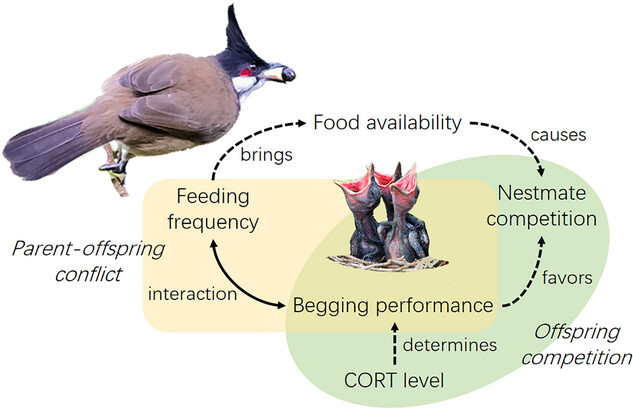
This study identifies the key signals that parents respond to during interactions with their nestlings in the wild. We found that corticosterone levels act as an important physiological base for the begging performance in nestlings. Furthermore, the begging frequency, nestling age, and brood size are key signals to navigate the intricacies of the parent–offspring conflict and parents may rely on these signals from the range of begging cues exhibited by nestlings to adjust their feeding strategies.
Early positive tactile stimulation reverses the increase of anxiety and decrease of sociality induced by early chronic mechanical pain in mandarin voles
- Pages: 712-727
- First Published: 23 September 2024
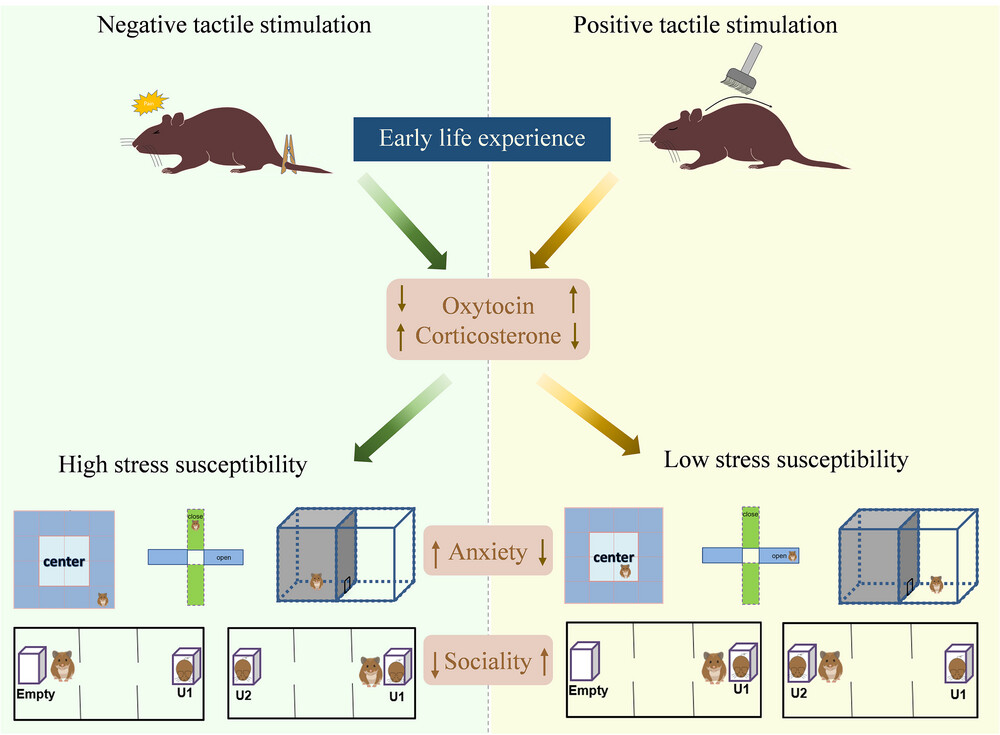
This study used a tail-pinching model during development to simulate mechanical pain experienced by pups in high-social mandarin voles (Microtus mandarinus). Subsequently, brush-like positive tactile stimuli were applied to the backs of the mandarin voles. It was found that positive tactile stimulation could reverse the increases in anxiety and impairments of social behavior induced by negative stimulation in male mandarin voles via alterations of oxytocin and corticosterone levels.
Mounting an immune response reduces male attractiveness in a lizard
- Pages: 728-739
- First Published: 01 September 2024
Bold rats (Niviventer confucianus) are more effective in seed dispersal: evidence both under enclosure conditions and in the field
- Pages: 740-754
- First Published: 23 September 2024
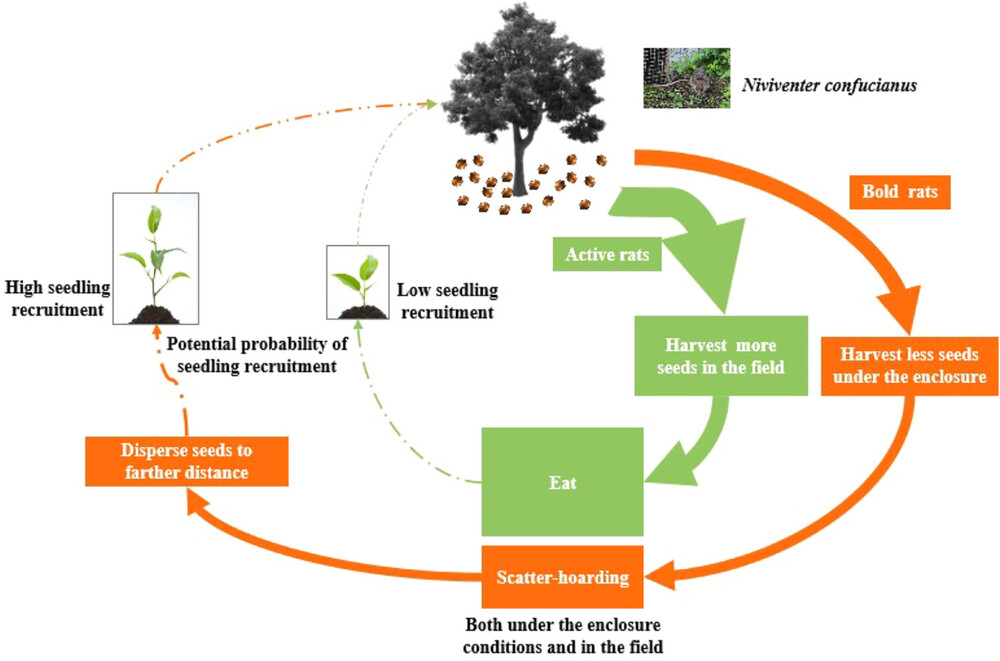
We found that bold individuals were more effective in seed dispersal due to their high tendency to scatter-hoarding and long distances. Active individuals were less beneficial for seed dispersal due to their high preference for the consumption of seeds. These results suggest that the personality of rodents may be a key factor for seed fates and therefore influences seed dispersal fitness of plants.
Impact of delayed seed drop on rodent-mediated seed dispersal and predation of pine
- Pages: 755-762
- First Published: 16 October 2024
Allometric Constraint Predominates Over the Acoustic Adaptation Hypothesis in a Radiation of Neotropical Treefrogs
- Pages: 763-773
- First Published: 10 December 2024
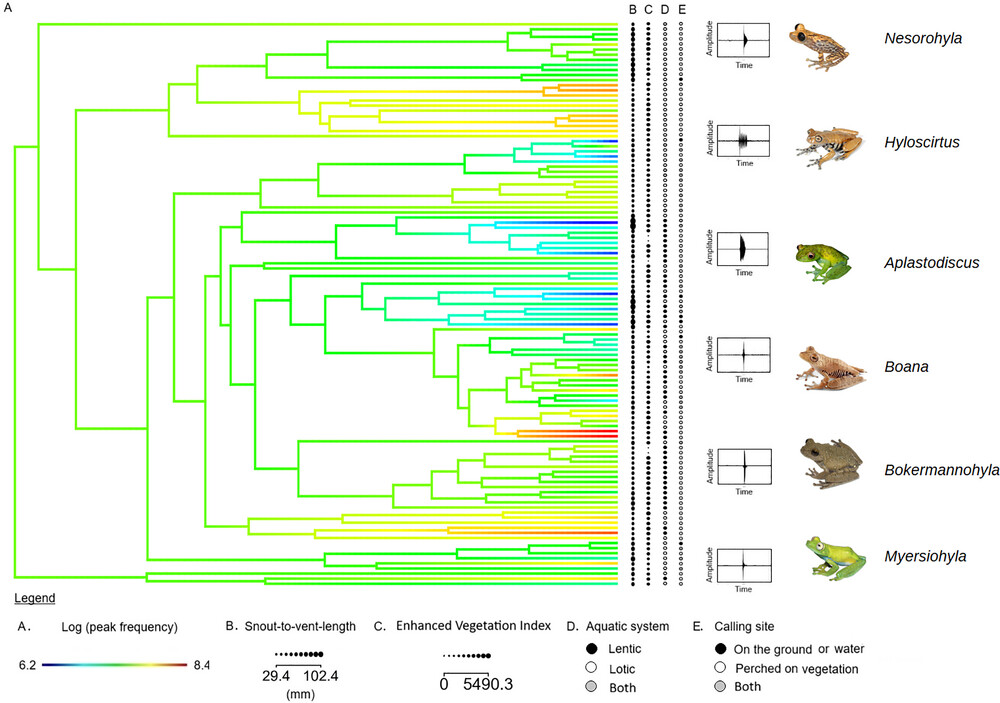
Male frogs emit calls to attract mates and deter conspecific rivals. The evolution of these calls is thought to be linked to anatomical constraints and the acoustic characteristics of their surroundings. We tested these two factors in a radiation of 112 species of Neotropical treefrogs and found that body size and calling site affect peak frequency but no support for associations among call traits and environmental characteristics.
Deep learning detects subtle facial expressions in a multilevel society primate
- Pages: 774-787
- First Published: 30 September 2024
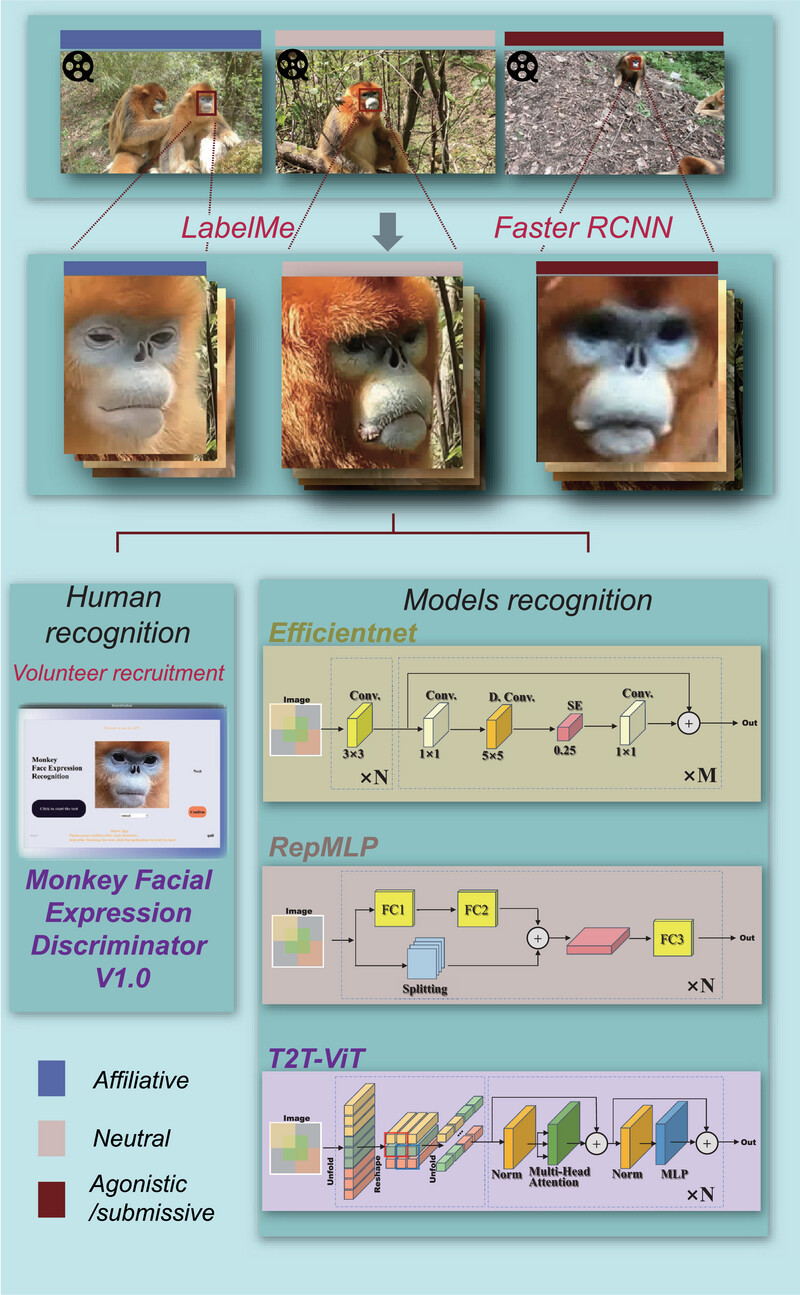
First discovery of unrecognized animal subtle facial expressions. Reveals the complexity of nonhuman primate facial expressions. Novel application of artificial intelligence (AI) for primate facial expression analysis. Superiority of AI over human recognition: accuracy, speed, and robustness. Insights into animal social system evolution through facial expressions.
Genomic analysis and behavioral ecology records of the vulnerable Kong skate (Okamejei kenojei)
- Pages: 788-792
- First Published: 12 September 2024
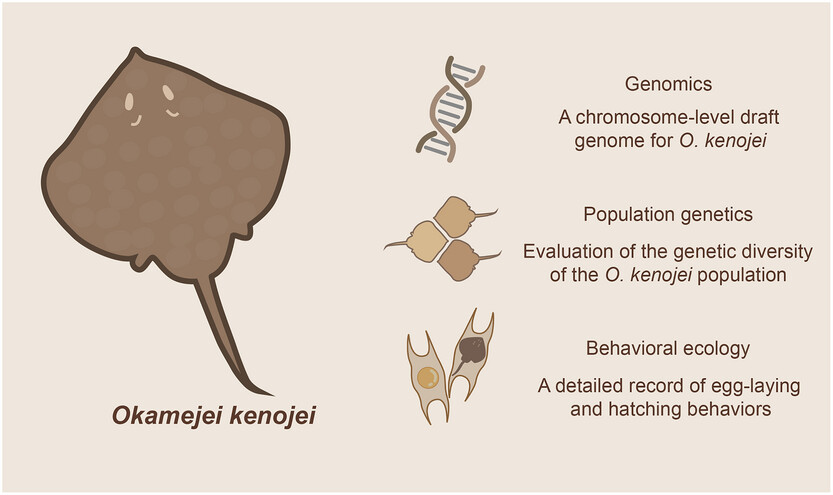
Wild populations of cartilaginous fish (sharks, skates, rays, and chimaeras) are encountering challenges. Here, we are unveiling genomic data and behavioral ecological records of Okamejei kenojei, a species listed in the IUCN Red List of Threatened Species, aiming to offer insights into the conservation and environmental adaptability of cartilaginous fish.
Nephila spider male aggregation: preference for optimal female size and web clustering
- Pages: 793-799
- First Published: 01 September 2024
Does embryonic behavioral thermoregulation enhance thermoregulatory capacity of turtle hatchlings?
- Pages: 800-804
- First Published: 08 September 2024

We found that embryonic behavioral thermoregulation could not enhance the thermoregulatory capacity of turtle hatchlings. Our study is not only the first to provide experimental evidence regarding the impact of embryonic behavioral thermoregulation on offspring thermoregulation but also falsifies the play behavior hypothesis that suggests thermotaxis by embryos allows them to practice thermoregulatory tactics at later life stages.
Synergistic Effects of Three-Species Symbiosis in Spiders
- Pages: 805-806
- First Published: 22 November 2024
SPECIAL SUBSECTION: PHYSIOLOGICAL ECOLOGY
Cutaneous shedding in amphibians causes shifts in bacterial microbiomes
- Pages: 807-816
- First Published: 19 June 2024
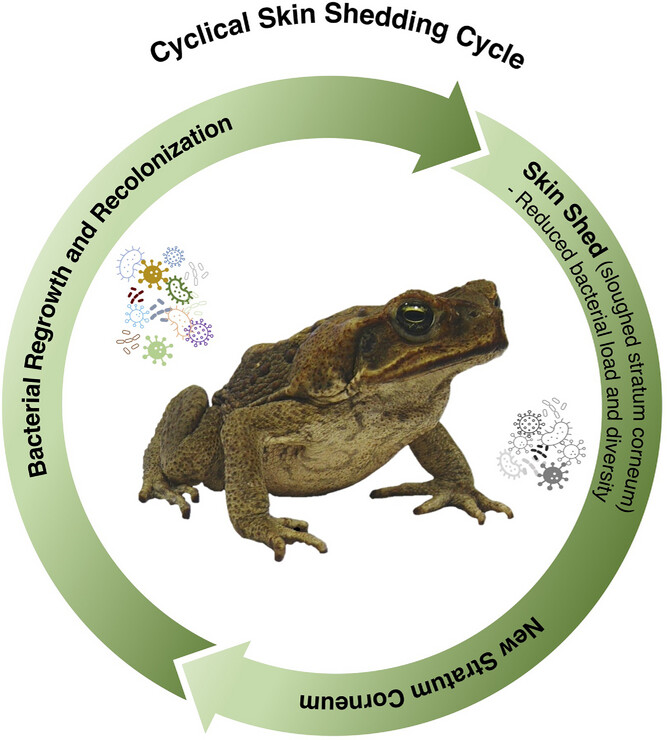
Trends of bacterial load and diversity on cane toad skin suggest that regular shedding events reduce bacterial abundance, consequently also reducing richness and causing a shift in community structure. After reductions due to shedding, bacteria regrow and recolonize until the next shed days later, suggesting that skin communities are constantly in flux, despite indications of stability at longer time frames.
Adaptive divergence in reproductive seasonality and underlying physiological features fit Rattus norvegicus to live as opportunistic breeders
- Pages: 817-835
- First Published: 21 October 2024

Brown rats living at different latitudes have evolved reproductive patterns adapted to their local environments. Besides expected adaptive divergence in seasonality, a distinct regulating mechanism from typical seasonal breeders reveals how brown rats benefit from quicker semen production to live as opportunistic breeders.
cba-miR-222-3p involved in photoperiod-induced apoptosis in testes of striped hamsters by targeting TRAF7
- Pages: 836-849
- First Published: 28 October 2024
Flexibility in thermal requirements: a comparative analysis of the wide-spread lizard genus Sceloporus
- Pages: 850-866
- First Published: 16 June 2024

The phylogenetic comparison among Sceloporus species showed that these lizards do not have stable thermal requirements. Field body temperature (Tb) increased with environmental temperature but was independent of latitude. Preferred body temperature (Tpref) was independent of climate but labile. The thermal tolerance range (between CTmax and CTmin) is wide and independent of environmental conditions. Sceloporus lizards are efficient thermoregulators and are probably resilient to climate change.
Flight or fight: different strategies of intertidal periwinkle Littoraria sinensis coping with high temperature across populations
- Pages: 867-882
- First Published: 19 June 2024
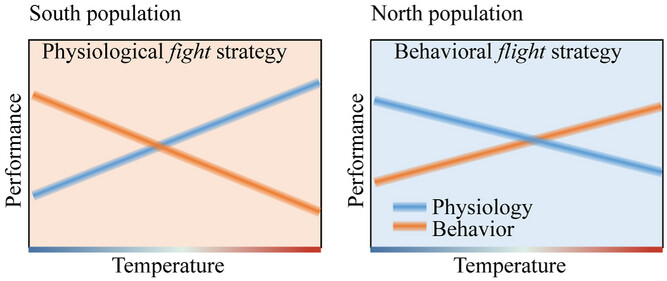
Thermoregulatory strategy in physiological and behavioral performance of supralittoral snail Littoraria sinensis. The south populations inhabiting high ambient temperatures have a higher physiological upper thermal limit and are less active in the face of thermal stress, exhibited as a physiological fight strategy; while the north populations inhabiting lower ambient temperatures have a relatively low physiological upper thermal limit and more active encountering thermal stress, exhibited as a behavioral flight strategy.
Increased nest temperature during winter does not affect residual yolk metabolism of hatchling painted turtles (Chrysemys picta)
- Pages: 883-893
- First Published: 03 September 2024
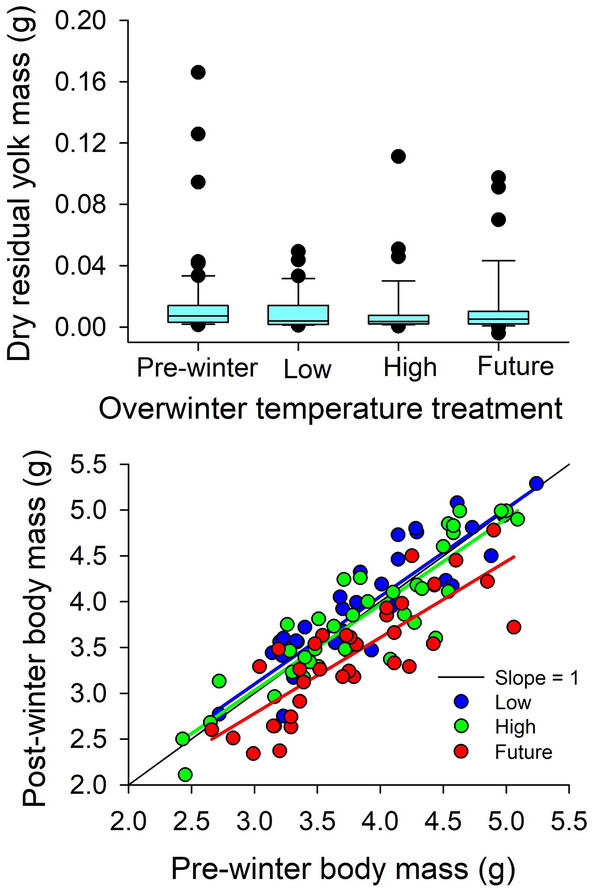
Hatchlings of many turtles that inhabit temperate environments spend their first winter in subterranean nests. Residual yolk reserves are not used during the winter period even when turtles experience temperatures that are predicted under climate change scenarios for the end of the century. However, future winter temperatures negatively affect the body mass of the hatchlings, which might influence energy-demanding activities when hatchlings emerge from their nests in the spring.
Bluer in the city: urban male lizards exhibit more intense sexual coloration and lower parasite loads than non-urban males
- Pages: 894-908
- First Published: 30 September 2024
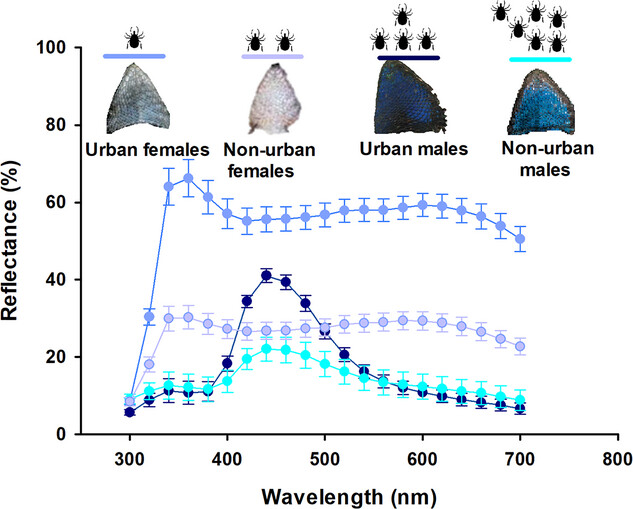
The urban environment may exert different selective pressures on sexually selected traits than more pristine environments. Our study shows that sexual coloration is more saturated (bluer) in male lizards from urban environments than in male non-urban lizards. The average parasite load is lower in urban lizards than in non-urban lizards. We found a negative relationship between hemoparasite count and sexual coloration in male lizards from non-urban environments than in urban environments.
Chromosome-level genome of Scolopendra mutilans provides insights into its evolution
- Pages: 909-914
- First Published: 29 July 2024




